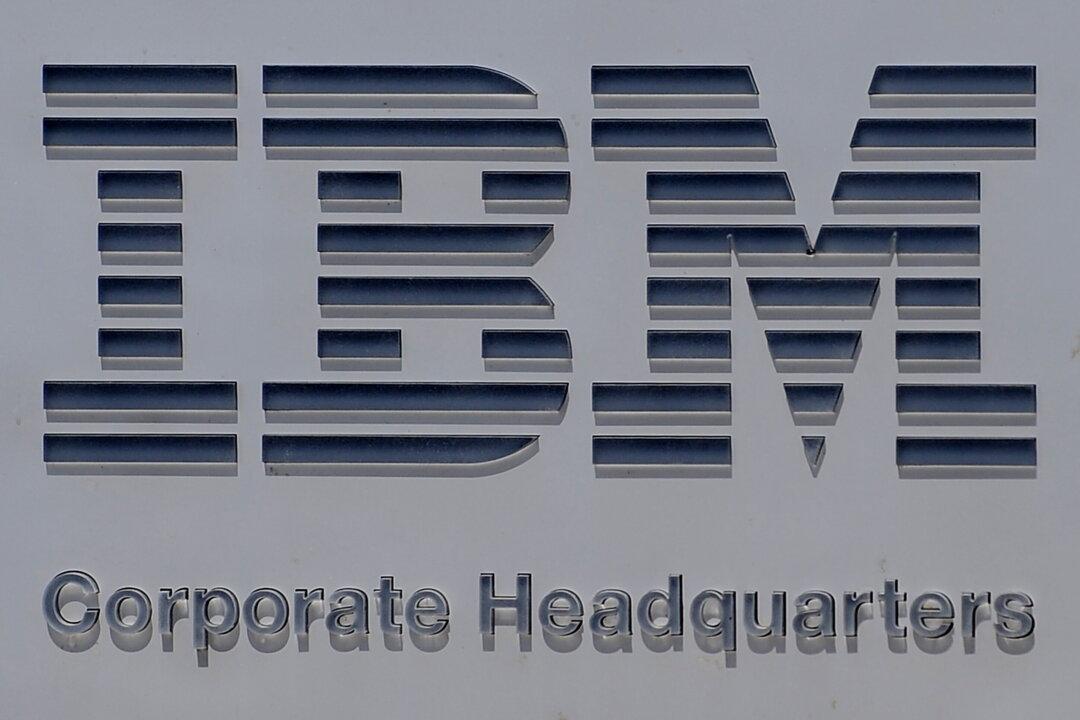IBM’s software revenue growth accelerated in the third quarter owing to a strong showing in Red Hat’s revenues.
Software revenue came in at $6.5 billion, up 9.6 percent at constant currency, driven by a 14 percent jump in Red Hat revenues, up from 8 percent growth in the second quarter.





